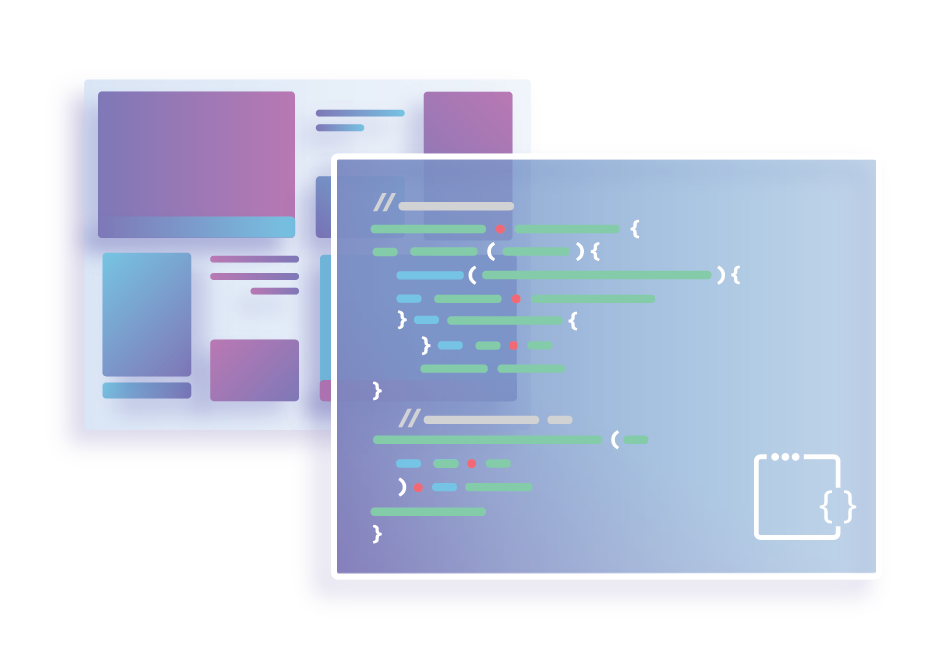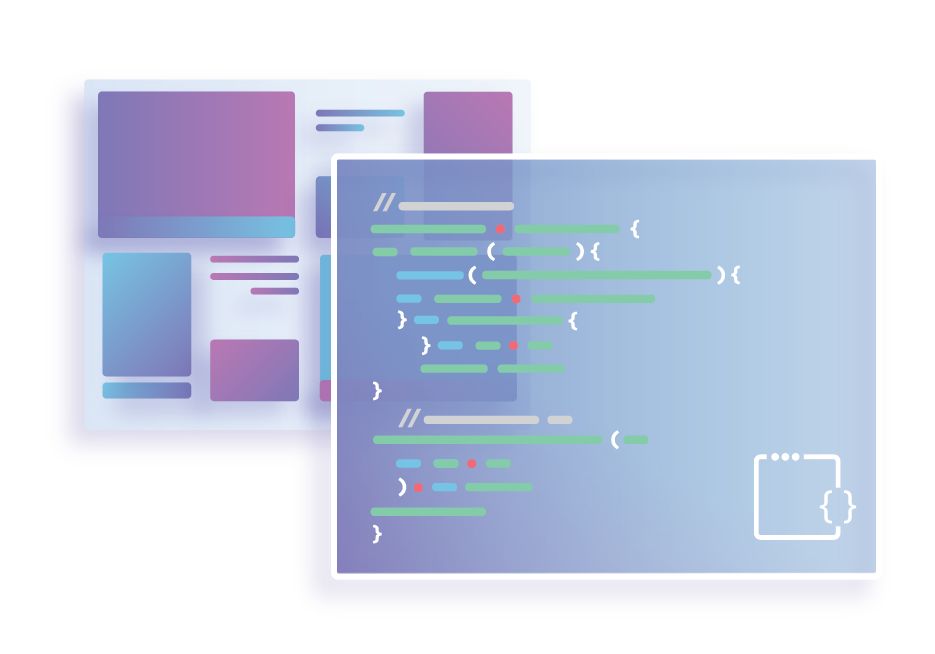Pivotal, Gravitational, and Google Water Kubernetes Expansion
 A recent Rightscale enterprise survey found 48 percent of enterprises use Kubernetes to manage...
A recent Rightscale enterprise survey found 48 percent of enterprises use Kubernetes to manage...
Huawei CSO Pushes Back Against Espionage Accusations
 Andy Purdy argues that the best approach to security is to require a diversity of suppliers and...
Andy Purdy argues that the best approach to security is to require a diversity of suppliers and...
Tech Bytes: Nubeva Enhances Cloud Packet Broker With New Processing Capabilities (Sponsored)
Today's Tech Bytes episode explores new features in sponsor Nubeva's cloud packet broker, including packet processing capabilities, integration with open-source tools such as ntop and Zeek, and its ability to work with cloud-native taps such as Azure VTAPs.
The post Tech Bytes: Nubeva Enhances Cloud Packet Broker With New Processing Capabilities (Sponsored) appeared first on Packet Pushers.
Grey Failure Lessons Learne
Grey Failures in the Real World
Most “smaller scale” operators probably believe they are not impacted by grey failures, but this is probably not true. Given the law of large numbers, there must be some number of grey failures in some percentage of smaller networks simply because there are so many of them. What is interesting about grey failures is there is so little study in this area; since these errors can exist in a network for years without being discovered, they are difficult to track down and repair, and they are often “fixed” by someone randomly doing things in surrounding systems that end up performing an “unintentional repair” (for instance by resetting some software state through a reboot). It is interesting, then, to see a group of operators collating the grey failures they have seen across a number of larger scale networks.
Some interesting results of the compilation are covered in a table early in the document. One of these is that grey Continue reading
Nokia Consolidates Its Position as A1’s 5G Vendor in Austria
 A1 rivals have so far been using China-based vendors ZTE and Huawei.
A1 rivals have so far been using China-based vendors ZTE and Huawei.
Oracle Reportedly Axes Hundreds of Jobs, Insists Its Cloud ‘Future Is Bright’
 The layoffs follow the recent departures of two top cloud executives. Both quit Oracle to join...
The layoffs follow the recent departures of two top cloud executives. Both quit Oracle to join...
Network Break 227: Facebook’s Plaintext Password Blunder; How Google’s Gaming Service Might Impact Broadband
Today's Network Break looks at Facebook's plaintext password blunder, Nokia's new investment in the IETF, the potential impact of Google's gaming service on broadband, new products from VMware and Dell EMC, and more tech news.
The post Network Break 227: Facebook’s Plaintext Password Blunder; How Google’s Gaming Service Might Impact Broadband appeared first on Packet Pushers.
Short Take – Open Source
In this Network Collective Short Take, Russ shares his thoughts on the practical and economical motivators for open source software and how reality is likely somewhat different from perception.
The post Short Take – Open Source appeared first on Network Collective.
The Week in Internet News: Russia Moves Toward Test of Internet Disconnect

A separate Internet: The MIT Technology Review looks at the implications of Russia’s test to cut itself off from the rest of the Internet, scheduled for early April. The shutdown is a test of an Internet sovereignty law being considered in Russia, but it’s unclear how the country will actually accomplish the disconnect.
Clamping down: Egypt is cracking down on fake news with new rules that critics say are meant to curb dissent and restrict information the government believe is a threat to national security, The Hill reports. The country’s Supreme Media Regulatory Council can now block websites and some social media accounts with more than 5,000 followers for what it believes is “fake news” and can fine operators up to US$14,400 without getting a court order. Meanwhile, Russian President Vladimir Putin has signed two bills that critics say amount to censorship, Ars Technica says. One bill allows stiff fines for disseminating what the government determines is fake news, and the second allows fines and jail time for insulting government officials, including Putin.
Encrypting the IoT: The U.S. National Institute of Standards and Technology is looking at encryption methods to protect the Internet of Things and other computing devices against future encryption-cracking technologies, Continue reading
Last Week on ipSpace.net (2019W12)
Spring started for real, so it was time for some early-spring cleaning and I managed to complete two webinars during last week:
- We covered the gory details of LISP and layer-2 data center interconnects on Tuesday;
- The third Ansible for Networking Engineers update session on Thursday covered network device configuration management (merge, fetch, compare, replace, rollback and save) and declarative configuration modules.
Both webinars are part of standard ipSpace.net subscription
Must Read: BGP Show and Tell
If you’re a BGP newbie, you’ll love this BGP Show and Tell series from Denise Fishburne. Enjoy!
Liqid CEO Plots World Domination, Talks Composable Infra at the Edge
 Sumit Puri says his composable infrastructure startup is “gonna take over the world.” The only...
Sumit Puri says his composable infrastructure startup is “gonna take over the world.” The only...
SDxCentral Weekly Wrap: Juniper, Apstra, Big Switch Join Team Sonic
 SDxCentral Weekly Wrap for March 22, 2019: The Microsoft-developed Sonic platform gathers speed....
SDxCentral Weekly Wrap for March 22, 2019: The Microsoft-developed Sonic platform gathers speed....
VMware-VeloCloud Details Road Ahead for SD-WAN in 5 Areas
 For VMware's VeloCloud-based SD-WAN, the road ahead includes containers, VMs, VNFs, 5G, hybrid- and...
For VMware's VeloCloud-based SD-WAN, the road ahead includes containers, VMs, VNFs, 5G, hybrid- and...
Heavy Networking 437: Melding Policy And Technology With The Internet Governance Project
On today's Heavy Networking we explore the intersection of policy, politics, and technology with the Internet Governance Project (IGP), which connects tech and policy experts to help bridge gaps in understanding between these two communities, with the goal of influencing outcomes on issues such as free expression, privacy, and security.
The post Heavy Networking 437: Melding Policy And Technology With The Internet Governance Project appeared first on Packet Pushers.
Enterprises Should Aspire For Harmonious Relations Between Software and Humans
 Software is overdue for a high-level review, said Vijay Gurbaxani, founding director of the Center...
Software is overdue for a high-level review, said Vijay Gurbaxani, founding director of the Center...
A Full CI/CD Pipeline for Workers with Travis CI


In today’s post we’re going to talk about building a CI/CD pipeline for Cloudflare Worker’s using Travis CI. If you aren’t yet aware, Cloudflare Workers allow you to run Javascript in all 165 of our data centers, and they deploy globally in about 30 seconds. Learn more here.
There are a few steps before we get started. We need to have a Worker script we want to deploy, some optional unit tests for the script, a serverless.yml file to deploy via the Serverless Framework, a .gitignore file to ignore the node_modules folder, and finally, a .travis.yml configuration file. All of these files will live in the same GitHub repository, which should have a final layout like:
----- worker.js
----- serverless.yml
----- test
. worker-test.js
----- node_modules
----- package.json
----- package-lock.json
----- .travis.yml
----- .gitignore
The Worker Script
In a recent post we discussed a method for testing Workers. We’ll reuse this method here to test a really simple Worker script below which simply returns Hello World! in the body of the response. We will name our Worker worker.js.
addEventListener('fetch', event => {
event.respondWith(handleRequest(event.request))
})
async function handleRequest(request) {
return new Continue readingNokia Warns of ‘Compliance Issues’ Tied to Alcatel-Lucent Deal
 The vendor has attempted to downplay concerns but admitted the investigation could result in...
The vendor has attempted to downplay concerns but admitted the investigation could result in...



